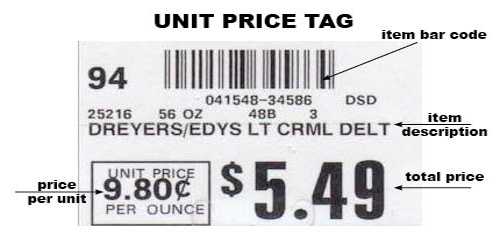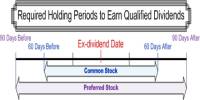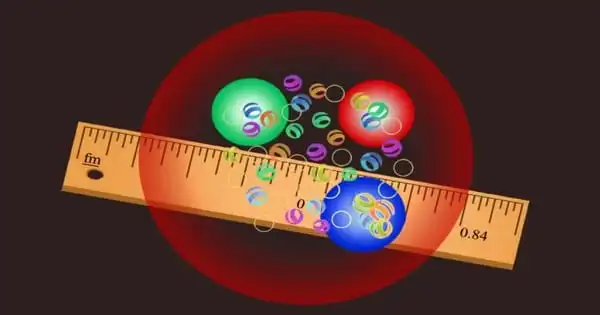Unit Price of an Item
The unit price of an item is the cost for each unit. The unit price may be calculated for several reasons. It will allow an easy comparison of the cost of the same quantity of items that come in different sizes. The “Unit Price” (or “unit cost”) tells you the cost per liter, per kilogram, per pound, etc, of what you want to buy. Example: 2 liters for $3.80 is $3.80/2 liters = $1.90 per liter.
It may be used to find the cost of a single item when many items are purchased together. This may be required if the items are going to be resold or divided among several people with each person paying their fair share of the cost based on how many items they receive.

Unit pricing can help you decide what brand to buy. Store brands and little-known brands often cost less than well-known national brands. The way the lower-priced brands look may be the only difference. (Be sure to check the Nutrition Facts panel on the food label to see if the nutrients are the same.) Sometimes these foods may vary in size, color, or texture more than the national brands. If you want a perfect peach half you may want to pay the price of a national brand. If you want sliced peaches to serve your child or as a quick snack, it may not matter if each slice is the same. You can save money when you compare the unit price of each of the canned peaches before you make your decision.
For example, to find the unit price of 16 ounces of soup that costs $3.20, divide $3.20 by 16 ounces, to get $0.20 per ounce. Students are also asked to determine which of two given items is a “better buy”, by finding the unit price of each item, then comparing the unit prices. The item with the smaller unit price is the “better buy”.
In retail, the unit price is the price for a single unit of measure of a product sold in more or less than the single unit. The “unit price” tells you the cost per pound, quart, or other units of weight or volume of a food package. It is usually posted on the shelf below the food. The shelf tag shows the total price (item price) and price per unit (unit price) for the food item. Research suggests that unit price information in supermarkets can lead shoppers to save around 17-18% when they are educated on how to use it, but that this figure drops off over time.
Information Source;
















